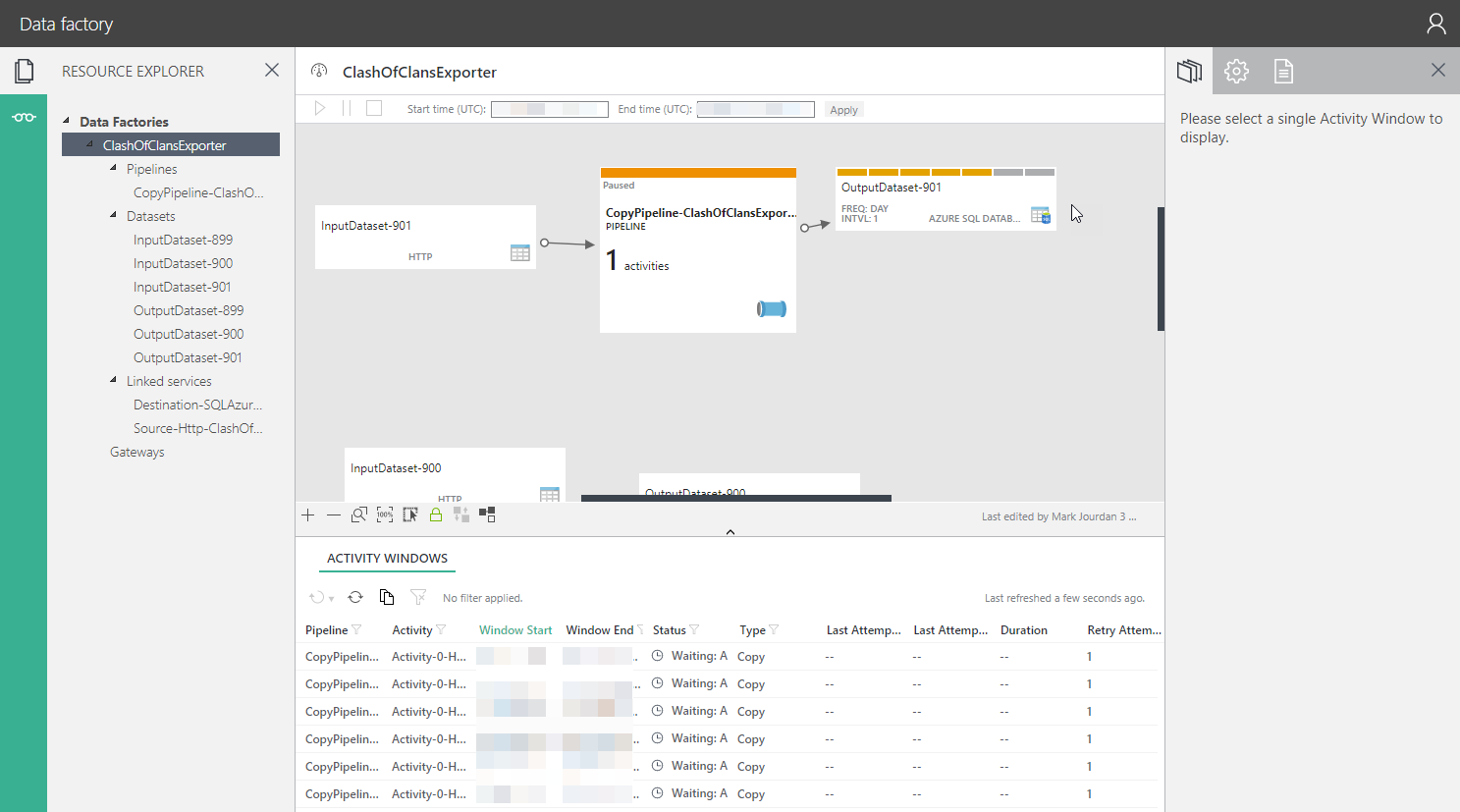

Then you can find the backup file in the target folder. It will prompt you a message once the operation is complete. Then, e nter the file name as you like and remember to add the. It's recommended specify a easily accessible path so that the backup file can be easily found when you need to perform recovery.

Choose the backup type (full/differential/transaction log), and Add a path as you need. Right-click the database you want to back up in Object Explorer, choose Tasks > Back Up.Ģ. Launch SSMS and connect to your instance. To use Microsoft SQL Server Management Studio backup database, the easiest way is using the backup GUI.ġ. You can pick the way you like, or use another SQL backup software that can schedule backup multiple databases simply and intuitively. Also, it is not applicable to SQL Express editions either. ◉ SQL Server Agent: It can also automate backups with high flexibility, but you need to fill in the backup script yourself as the core step.

However, it is only available for non-Express editions and is relatively cumbersome to operate. ◉ Maintenance Plans: It allows you to backup multiple databases at once, and add a schedule to automate the task. But with effective scripts, you can perform some more advanced operations easily. ◉ T-SQL script: You need to know basic T-SQL commands beforehand, and any small mistake may lead to operation failure. ◉ Backup GUI: This feature is easy to operate without using scripts, but only one database can be backed up at a time, and the operation cannot be automated. So before you start, I’d like to briefly introduce and compare them for your reference:
#Azure data studio backup free
You can learn more about what’s new here, or get hands on with the Free Edition, allowing you to back up to 10 Azure VMs, Azure SQL DBs and Azure Files at no cost.SQL Server Management Studio Backup Database GuideĪs you probably know, there are multiple backup methods in Microsoft SSMS (SQL Server Management Studio), each with its own advantages and disadvantages. For existing Veeam users who are finding themselves living in a hybrid or multi-cloud environment, these same capabilities are available in Veeam Backup & Replication. Veeam Backup for Microsoft Azure is a powerful choice for any enterprise or developer using Microsoft Azure. This new release is bringing more enterprise-grade capabilities to customers who need Modern Data Protection for workloads in the cloud. While not for everyone, this capability was up there on the list of feature requests from users in the financial space as well as large enterprises, helping promote an even more secure backup environment. The final feature I’m going to discuss here is the ability to deploy Veeam Backup for Microsoft Azure in an all-private network infrastructure. Choosing to restore opens the configuration restore wizard which allows you to also import previous backups from other environments. Define daily, weekly and monthly schedulingīelow is a screenshot showing how easy it is to specify scheduling - in this case, my daily settings.īy selecting configuration backup from the settings, you can set up a schedule so that regular backups are taken, as well as perform restores from either the latest or past restore points.Select which regions and Azure Files to include in the policy.Simply walk through the policy creation wizard to: Protecting Azure Files with Veeam is just as easy as it is for Azure VMs and Azure SQL thanks to policy-based automation. Just like with your file shares on premises (and any other cloud data), Azure Files needs protection, and version 4 of Veeam Backup for Microsoft Azure delivers it! Thanks to this service’s ease and simplicity, Azure Files adoption continues to grow fast. Azure Files backupĪzure Files is a simple way to use managed file shares in the cloud, easily accessed using SMB and NFS protocols with no hidden IaaS VMs or NAS to configure and manage. Let’s jump right into some of the new key features. Veeam Backup for Microsoft Azure v4 delivers a number of significant capabilities that have been added to help customers protect more of their Microsoft Azure environment, enhance security and streamline usability. It’s been a busy few weeks for our cloud teams launching new versions of our native backup and recovery solutions for AWS, Google Cloud, and now Microsoft Azure!


 0 kommentar(er)
0 kommentar(er)
